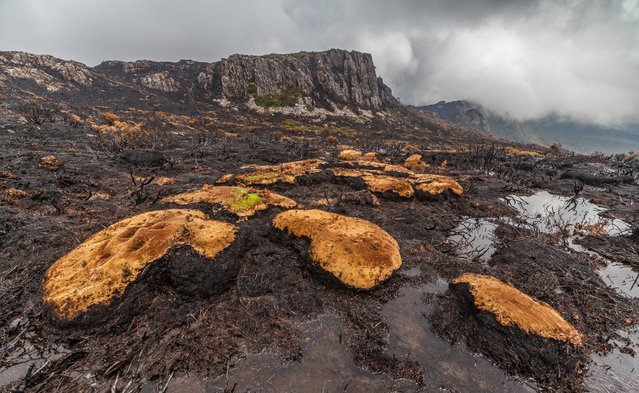
Pictures from Tasmania’s central plateau, shot by wilderness photographer Dan Broun, show the extraordinary damage wrought by more than a week of bushfires following lightning strikes in Australia’s southernmost state on January 13. 2016. The world heritage area was home to a range of unique alpine flora including pencil pines, king billy pines and cushion plants, some more than 1,000 years old. Now more than 10,000ha of land has been incinerated, and ecologist say that, unlike eucalyptus trees, the ancient flora will not recover. Here: Cushion plants. There are five species of cushion plant in alpine regions of Tasmania, four of which are endemic. They support the entire ecosystem, creating rich peaty soils and even narrow streams of water. Some can recover from fire, and may even support the recovery of woody plants. (Photo by Dan Broun)
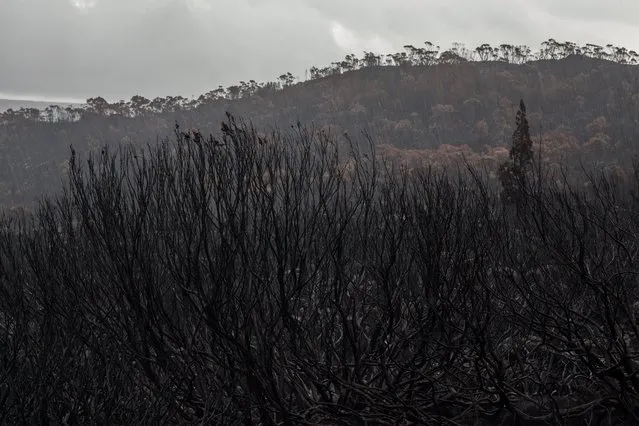
The rain that came too late. (Photo by Dan Broun)
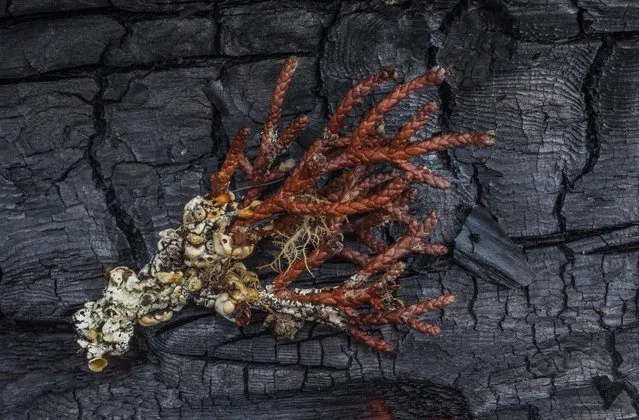
A plant seen on the charred earth. (Photo by Dan Broun)
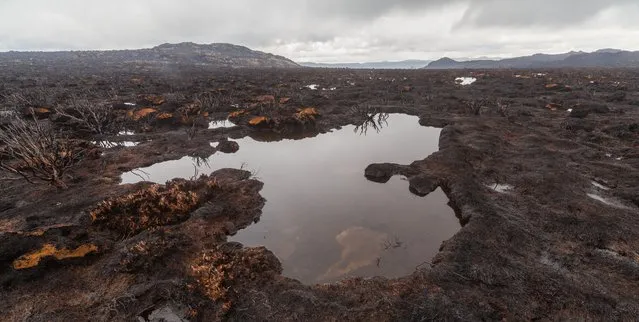
Scorched earth for as far as the eye can see. (Photo by Dan Broun)
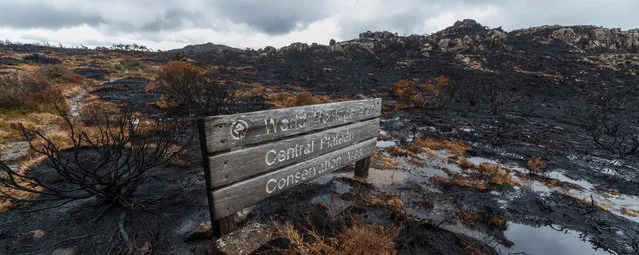
A “welcome to the world heritage area” sign. (Photo by Dan Broun)
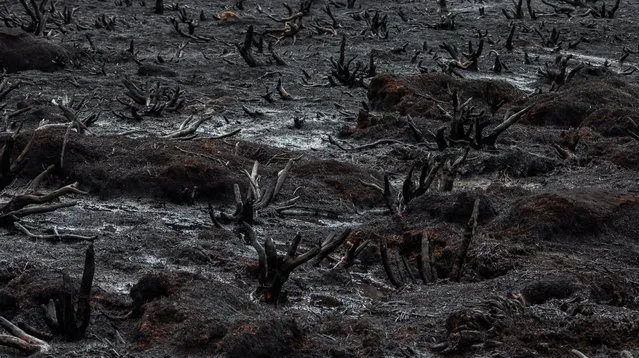
Richea scoparia, also known as “honey richea”. (Photo by Dan Broun)
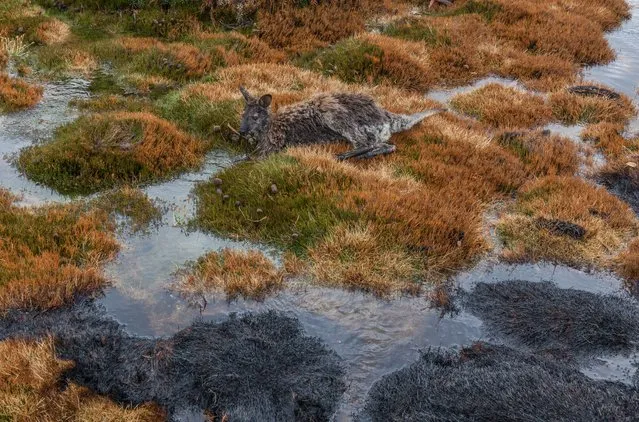
A wallaby which survived the initial fires but shows signs of being burnt. (Photo by Dan Broun)
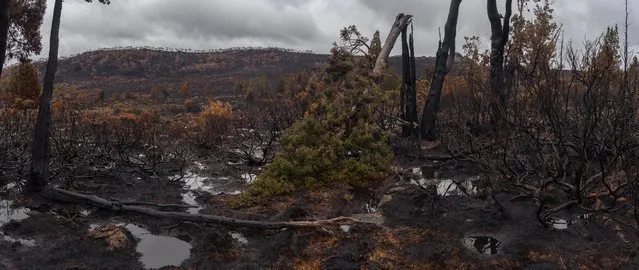
Pencil pine forest. Their regeneration after fire is rarely seen. (Photo by Dan Broun)
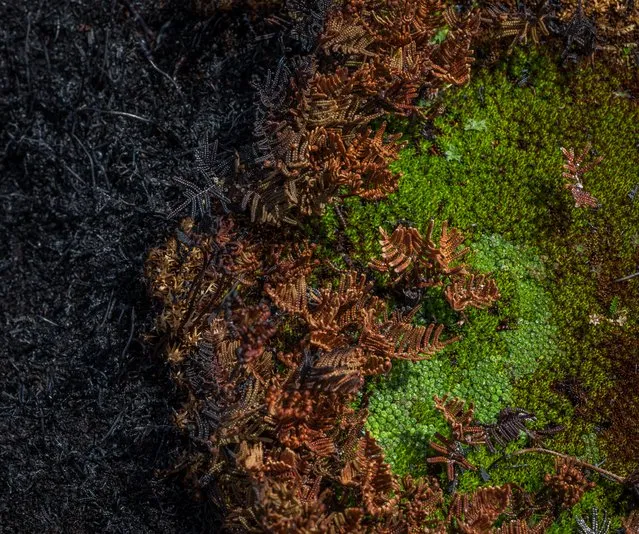
Cushion plant detail. (Photo by Dan Broun)
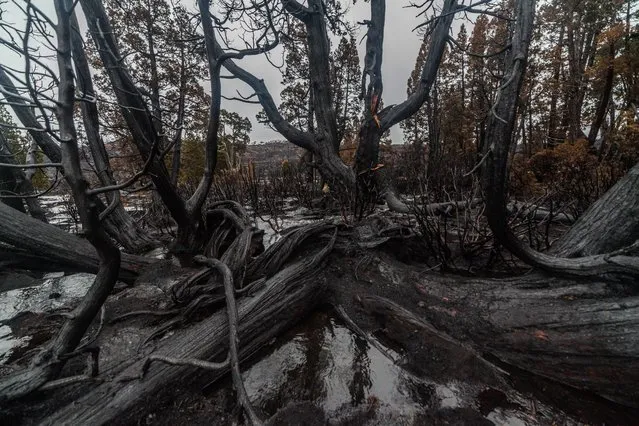
1,500-year-old pencil pine. (Photo by Dan Broun)
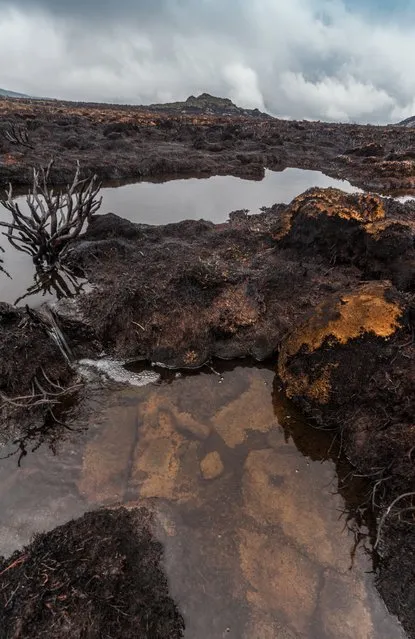
Damage to the environment. (Photo by Dan Broun)
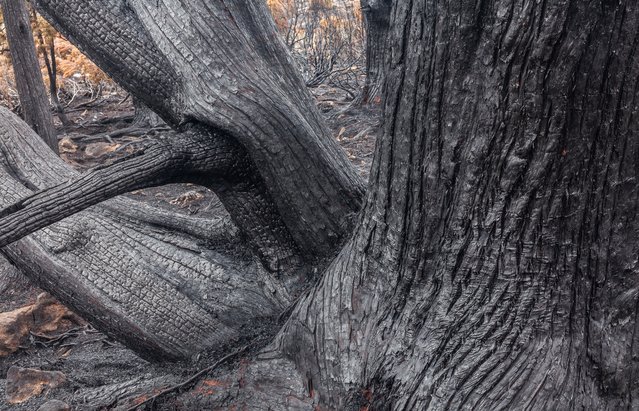
An incinerated tree trunk. (Photo by Dan Broun)
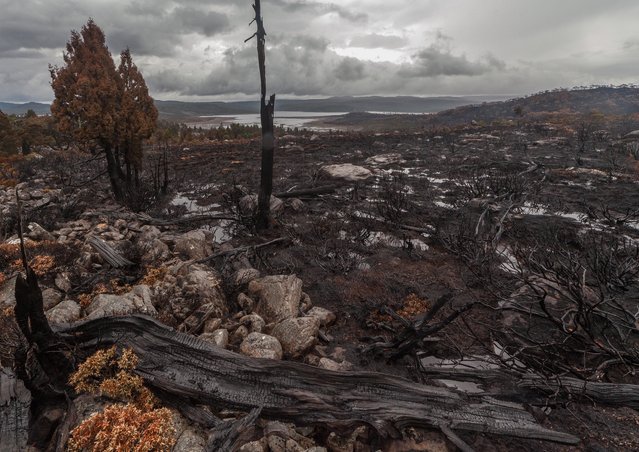
Pencil pine devastation. (Photo by Dan Broun)
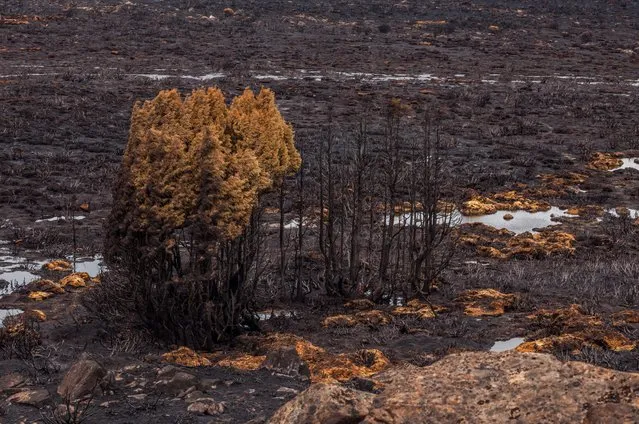
Charred remains. (Photo by Dan Broun)
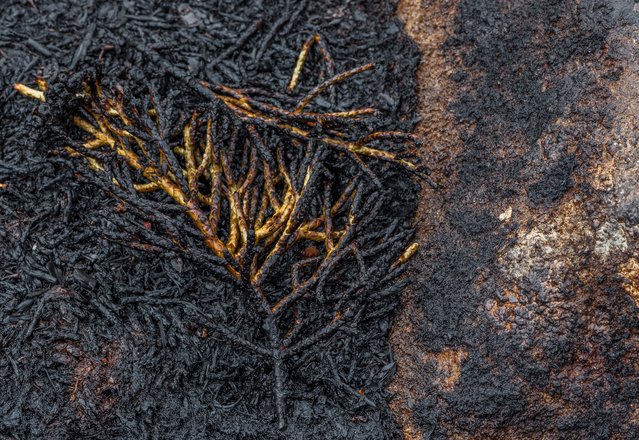
Another detail of a plant charred by the fires. (Photo by Dan Broun)
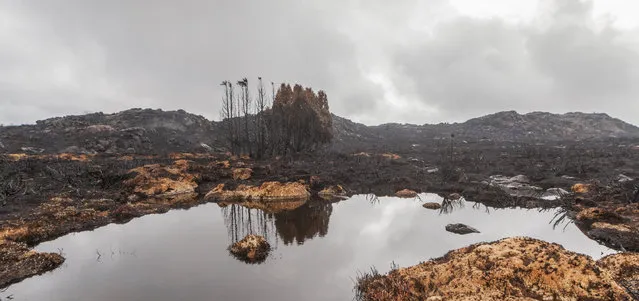
Devastated pencil pines and sphagnum moss. (Photo by Dan Broun)
02 Feb 2016 13:56:00,
post received
0 comments
